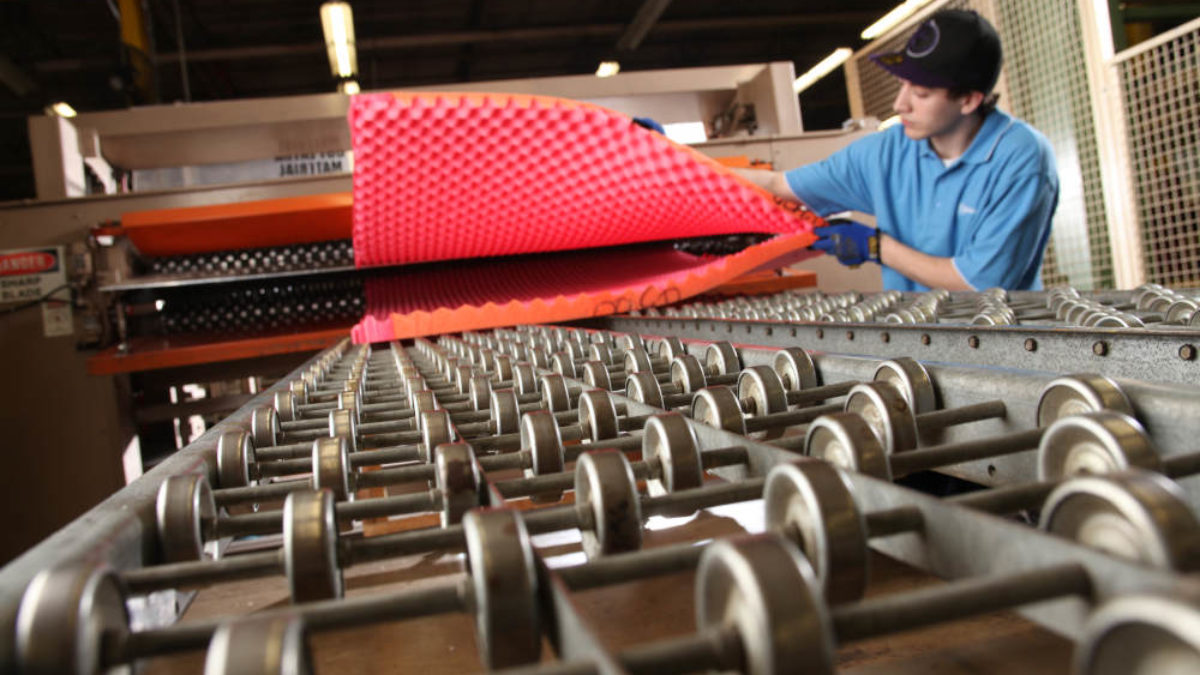When choosing the right foam for your application, you’ll likely hear the term blowing agent. What are blowing agents? How do they impact the chemical composition and performance of foam? Are they necessary? What exactly happens when a blowing agent is used? Find out how this can impact your choice of foam materials for your application.
What are Blowing Agents in Foam?
A blowing agent is a substance that is mixed with solid polymers. After heating the mixture and putting it under pressure, a chemical reaction occurs that releases gas. That gas then forms bubbles in the polymer, creating the basis for a foam.
There’s more to it, but the result is one of the many foams you know and use today. Blowing agents are critical components in the production of many foam materials. They are substances used to create a cellular structure in the foam, giving it its unique properties like light weight, cushioning, and insulation. They are responsible for ‘blowing up’ or expanding the material by expanding within the mixture to form a cellular, foam-like structure.
The Types of Blowing Agents
There are two major types of blowing agents that are generally used in foam production:
- Physical blowing agents: these blowing agents are fluids that are added to already melted polymers during plasticization. They work by vaporizing under heat or reduced pressure during the foam manufacturing process. The result is gas that expands within the material, creating a physical cavity of air. As the air expands, the density of the material is reduced, giving it more foamlike qualities.
- Chemical blowing agents: these blowing agents can be added to polymers before or during the plasticization process. They are heated during the process and dissociate gas due to a chemical reaction. It’s that dissociation of gas that creates the structure of the foam.
Regardless of which type of blowing agent is used, the result is a blowing up or expansion of the material.
How Different Blowing Agents Impact the Properties of Foam
Different blowing agents can also produce a variety of foams, and the type and amount of blowing agent used determines the key properties of those foams. These properties can include the foam’s:
- Density
- Cell size
- Insulation properties and capabilities
- Flexibility and rigidity
- Elasticity
- Cushioning capabilities
- Tensile and compressive strength
- Resistances to certain chemicals, oils, and solvents
- Fire resistance
- Acoustical insulation capabilities
The properties of foam are intricately linked to the types of blowing agents used during its production. Understanding this relationship is crucial for manufacturers to tailor foam properties to specific applications. This can help balance performance, safety, cost, and many other considerations when choosing the right foam for your application.
More to the point: do you have to understand any of this? The answer is no! That’s our job. At Amcon foam, we can help you choose the right foam for your application, no matter what your specific needs are.
Need a specific foam for your application? Get in touch with our team to have it fabricated to create a custom piece!


